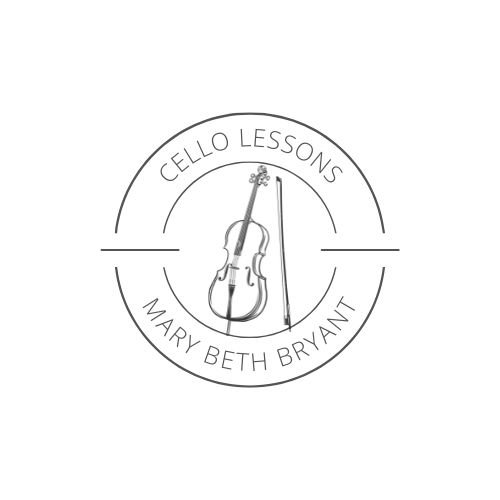Practice slowly 🙄
I’ve been told at least a hundred..thousand..times by former teachers to practice slowly. Did I? Hmm.. I should have asked them to define what “slowly” meant to them, because I am pretty sure I did not implement their definition of “slowly”. So, I have some good news for those who hate to practice slowly like I did. This information is from Noa Kageyama’s podcast “Bulletproof Musician”. When you slow a passage down you can end up learning a passage with the wrong technique.
Let’s consider a three-octave D major scale at quarter equals 130 and you need to play all separate bows. If you cut that tempo in half and do it at 65, your required left hand technique and right hand technique are going to be very different from when you play double the speed.
Slow right hand technique: Longer bows, start the bow at the frog, use whole bow arm
Slow left hand technique: Heavier weight in string with left hand, vibrato
Fast right hand technique: Play at the balance point in the bow, using forearm/wrist/fingers.
Fast left hand technique: Stay very close to the string, lighter touch and you want to be able to rotate the forearm when placing your fingers down.
If you have ever noticed you cannot get it much faster than 20 clicks higher, that is probably why. You learned it with the slow technique, but not the fast technique.
To learn it at 130 from the get-go: Isolate two notes at a time. Then try a technique called “add a note” : you do two notes, then add the third note, then the fourth, etc. Sometimes this works. If it doesn’t, try the “Make-it-easy” rhythm patterns by Tanya Carey.
If you are still struggling, then you most likely need to just learn what the left hand notes are before adding the bow. Practice only the left hand but do it with the “fast” technique. Then maybe just practice the open strings with your bow. Check that your right arm level is prepped for the new string, that your bow is at the balance point, that you’re using minimal motion with your right arm. Will you let me know how this goes if you try it?


